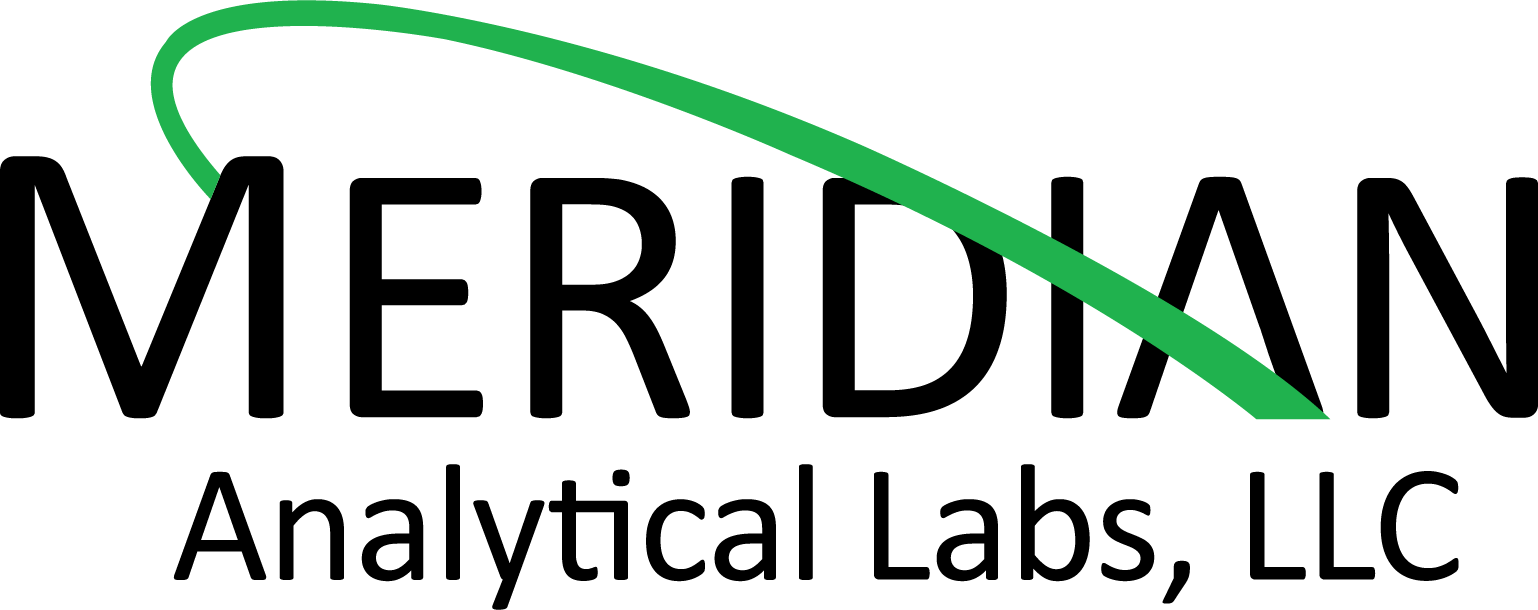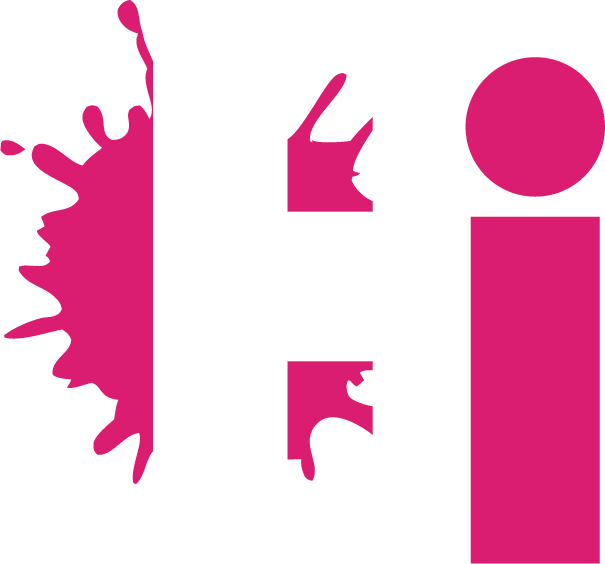Residential Water Testing
Get To Know Your Water
Meridian Labs provides you with the peace of mind that comes with knowing your home's drinking water is free of harmful contaminants.
Our chemists have developed water testing packages that address residential and homeowner concerns. Whether your water comes from a private well, or from a public water supply, Meridian has a water testing package that will help you determine the water quality in your home.
Chain of Custody Forms
Residential / Private Well
Water Sample Collection Procedure
1. Take your water sample from a rigid faucet or spigot. If you are sampling from an outside water source, you will need to sterilize the spigot with bleach or fire and then you must allow the water to run at a moderately slow flow for about 3 minutes before collecting the sample (do not adjust the flow for collection).
a. If you are sampling indoors, select a non-swiveling faucet, use the cold-water side, and remove the aerator, if present. Again, you must allow the water to run for 3 minutes before sampling.
b. Do not collect from: water softeners, charcoal filters, leading faucets, hot water faucets, or sill cocks, whenever possible.
2. Run the cold water at a steady rate for about 3 minutes before sampling. During this time, wash your hands or use an appropriate hand sanitizer.
3. Sampling can be accomplished using several types of sample containers. Samples provided in a new drinking water bottle or the incorrect lab-supplied container may be subjected to an additional aliquoting fee to redistribute the samples to the appropriate container(s) for the desired analysis.
a. Sampling with (preserved) bacteria bottle supplied by the Lab: Open the lid of the sample bottle. Holding the lid in your free hand, fill the bottle to BETWEEN the lines without letting the water splash out of overflow. Replace the lid, tightening securely. (There may be a small amount of liquid or dried preservative in the bottle. It is very important that you leave this in the bottle.
b. Sampling with a non-preserved bottle supplied by the Lab: Remove the lid and, holding the lid in your free hand, fill the bottle to the neck. Replace the lid and tightening securely.
c. Sampling with a NEW drinking water bottle: Remove the lid from a NEW drinking water bottle (not a vitamin water or water that has been fortified with minerals). Hold the lid in your free hand. Pour the contents out and rinse 2-3 times with your tap water. Then, fill and recap the bottle.
d. CAUTION – DO NOT set the lid down as this can introduce contamination into your sample.
4. Return the water sample to the Lab as soon as possible. We need to begin testing the sample within 6 to 24 hours. We recommend sampling between LATE Sunday evening and Thursday noon, with delivery to the lab as soon as possible after collection. Our Sample Drop off times are Mon-Thurs 7am-3pm. If you bring the sample to the lab on a Friday there is an additional weekend surcharge .
Recommended Testing Frequency*
Kansas Department of Health and Environment (KDHE) and K-State Research and Extension strongly recommend at least annual water tests for coliform bacteria and nitrate. However, a reliable indicator of safe water requires more frequent, quarterly testing.
Water should be tested for common impurities and nuisance contaminants every few years. Except for a few cases of gross contamination, they change slowly so a test every 3 to 5 years is adequate. These tests form a basis for comparison to detect possible contamination.
An annual water test for total coliform bacteria is the most important (the primary indicator) to evaluate safety of drinking water. Tests at least 4 times a year are required for a reliable indication of safe water.
A test for fecal coliform or E. coli bacteria is recommended any time total coliform bacteria are present. Finding fecal or E. coli bacteria means there is contamination from a human or animal fecal source. Pathogens can exist in the drinking water. Water must not be used for drinking, cooking, or washing without disinfection.
* "Recommended Water Tests for Private Wells", Kansas State University Agricultural Experiment Station and Cooperative Extension Service, MF-871, May 1999



